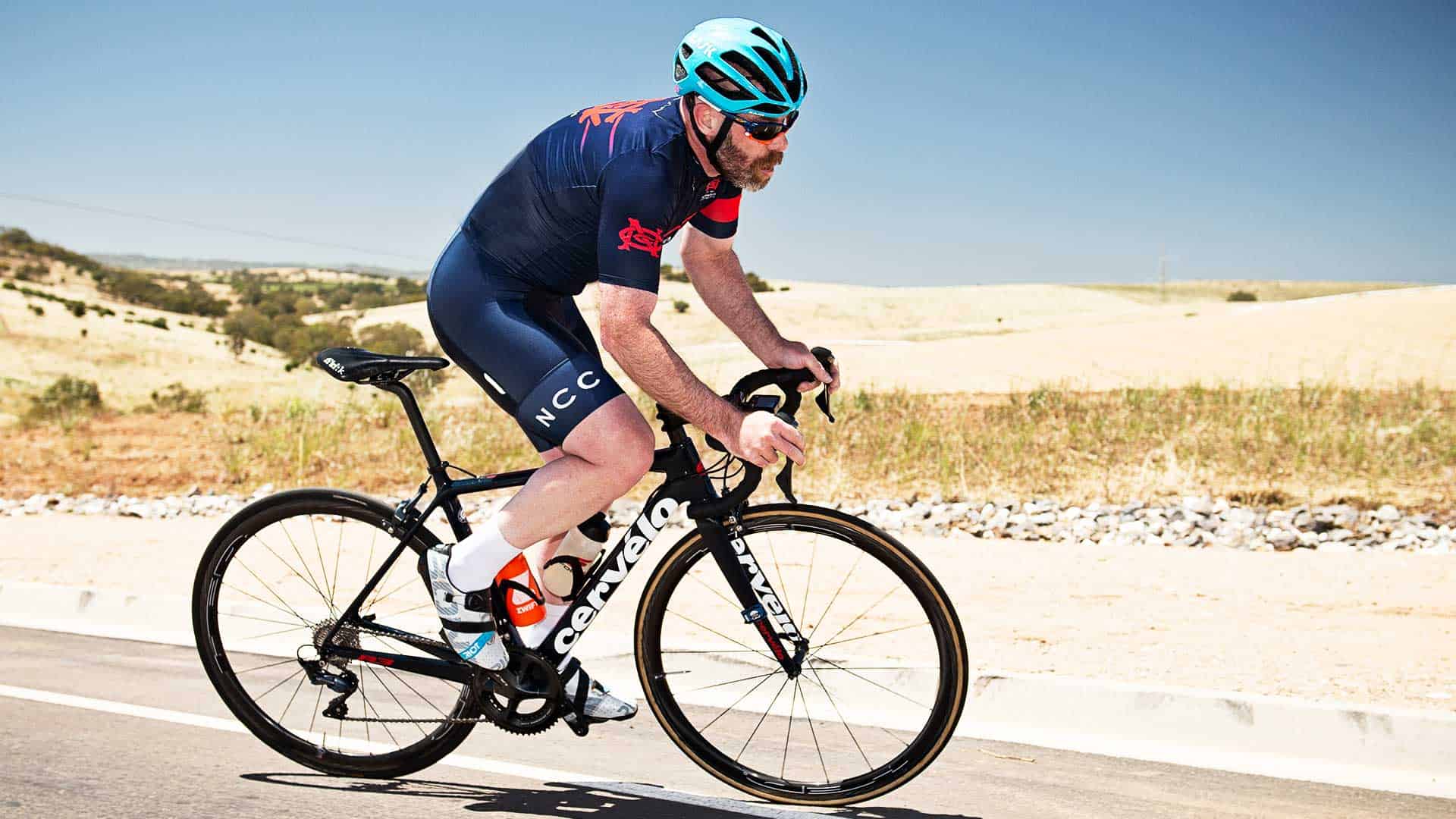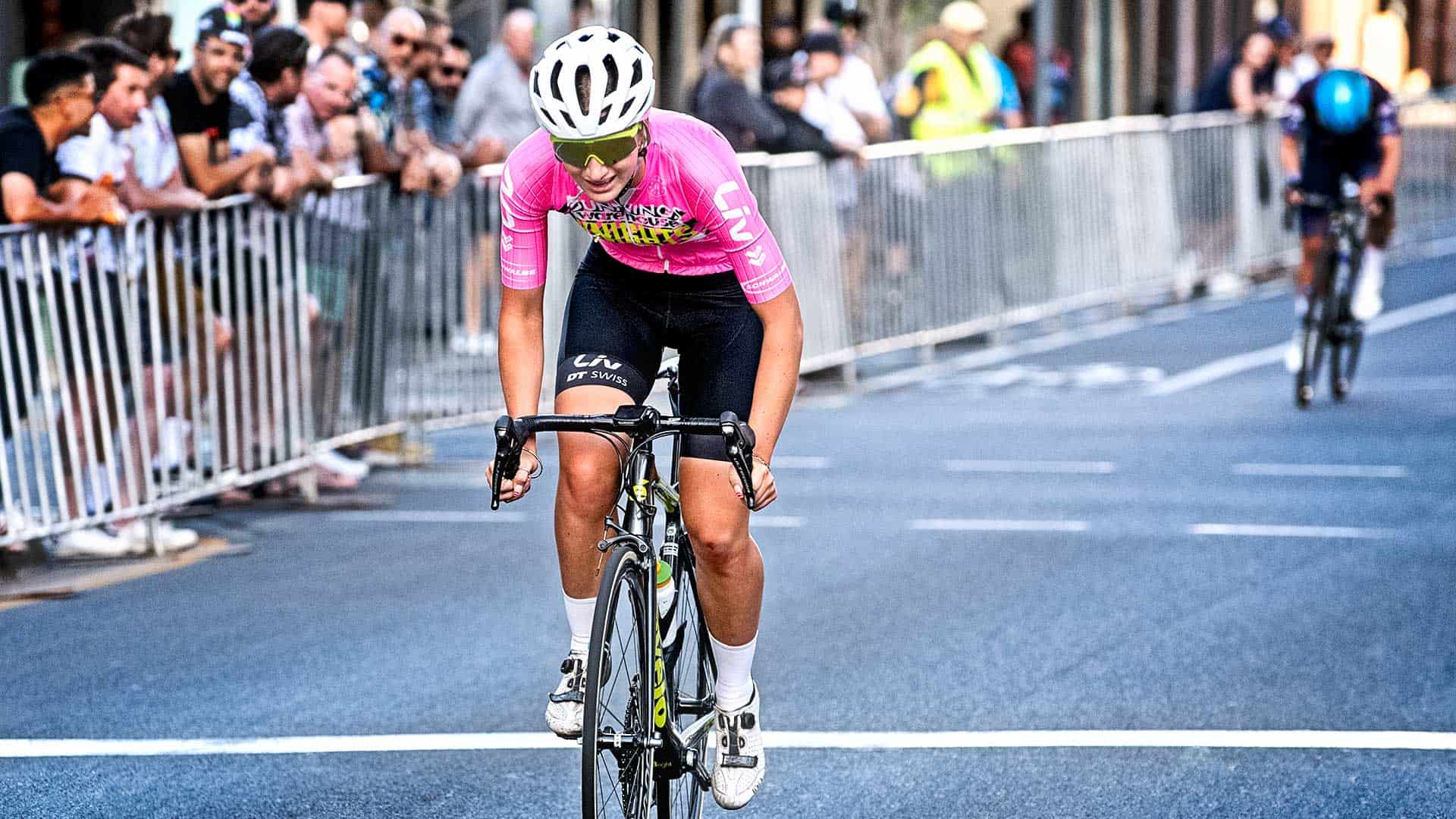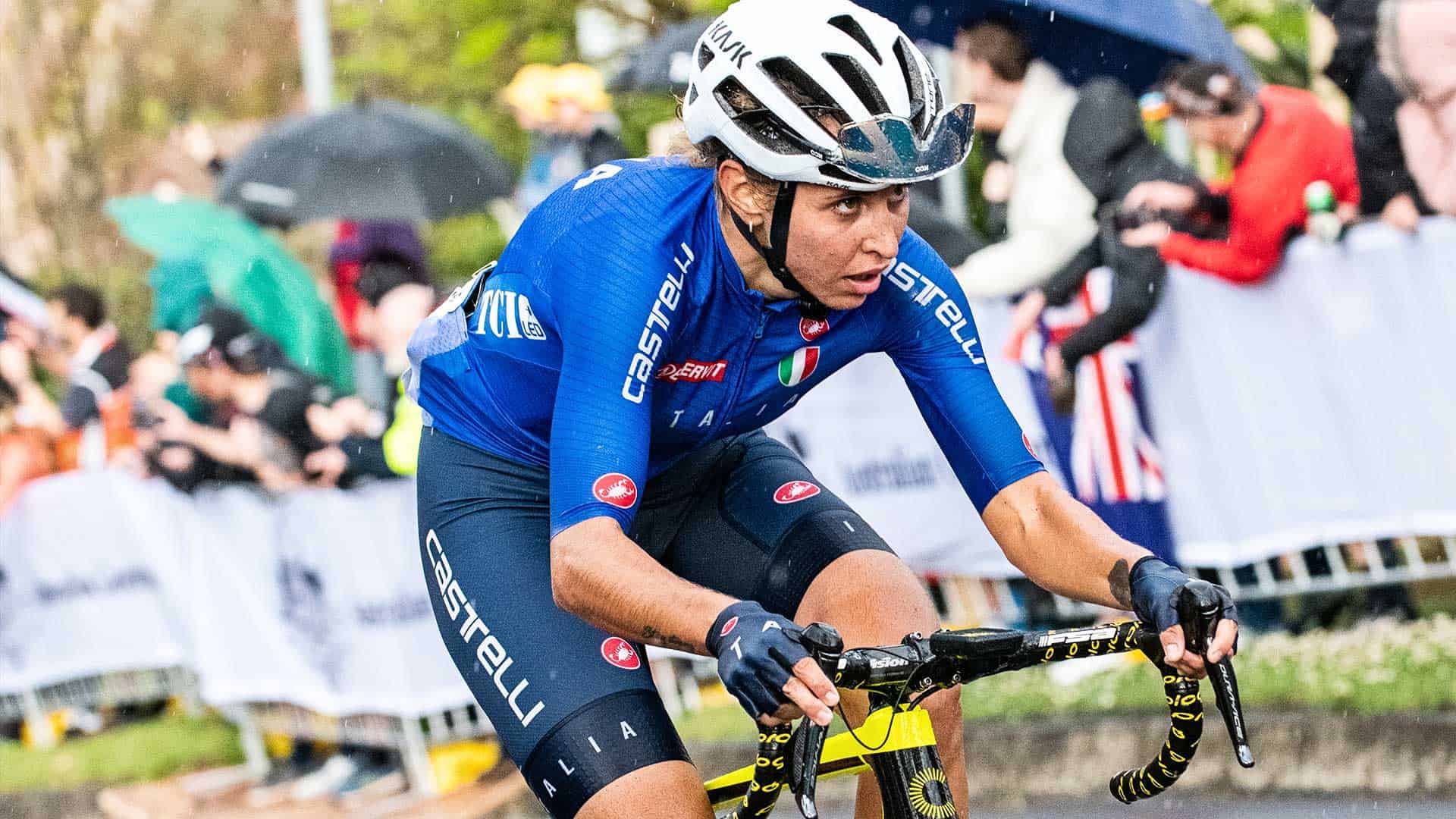Are cyclists killing their cycle training with tools like Strava, Zwift and power meters?
There is this trend that I’ve started noticing with some of my clients in the last few years, and it’s got to do with these cycling tools.
Don’t get me wrong, this article is not about making any of these tools wrong. They are great tools that you can use to measure your performance. I use them myself and I use them with many of the clients that I coach.
With the advent of both power meters, Zwift and Strava, we now have access to highly accurate and detailed performance data that we can use to measure our cycling success. Something that wasn’t that accessible to us ten years ago. But there is a downside to having all this great data if not used properly.
And it’s this…
It’s what I call “chasing personal bests”, and it can become quite demotivating to the cyclists that pursue it.
Unfortunately, it’s a simple trap that I see many cyclists fall into.
Leaderboards, segments and training numbers are all great indicators of performance and Strava, Zwift and Software like Training Peaks and Today’s Plan use these numbers to help motivate you to chase your personal bests and measure your performance against others. They have “gamified” cycle training by doing so and there are some good benefits that come from it.
With power meters, Zwift and Strava we now have the ability to measure our performance very accurately every time we get out on the bike. It’s a great thing because it allows us to get feedback on our training success almost instantly.
When we see personals bests in our data, it provides us with the feedback we want. We want to see an improvement and we use personal bests to help us measure this. When we see improvement, it confirms that our training is working and that we are getting better.
We’ll come home from a ride, upload our data to either our power software or Strava. We want to see that we have smashed some segment, or put out a better five-minute threshold power, or posted a higher TSS score.
It’s only natural. The problem is that progressive load training is naturally not like this.
There are times when we are training hard but not producing personal bests. While we are getting better, the very measurement that we are relying on to let us know this is not giving us the numbers that we want.
As you build your training load up your performance is going to decrease. As you drop your load off, you get your lift and your performance improves.
So you can be training harder and harder while you are ramping up your training load but at the same time, your performance will start to drop due to the training load or fatigue.
As you drop off your volume and work on your speed work your performance comes up. That’s to be expected. It’s the correct way to train.
So during this cycle of training load, you may not see personal bests when you are becoming fatigued and only see them when you drop off your training load. That’s normal.
You are still doing the training and improving, but your personal best numbers coming from your power meter, Zwift or Strava aren’t appearing that much, if not at all. When this happens you may get frustrated and may question yourself and your training.
With some people, this messes with their heads.
They also may start focusing their training in areas that provide no real relevance to the event that they are training for while they chase an irrelevant personal best with their power meter, in Zwift or on Strava. The cyclists that doesn’t understand the fundamentals of developing cycling fitness go out and chase these personal bests day after day and think that it’s training.
Proper cycle training is about working through a systematic training program. A training program that has been structured to help you improve your performance to match the events you are training for.
It’s important to understand, that as we go through these cycles of loading and unloading, that we need to dive deeper into the data and look for other key indicators to see if we are improving or not.
Now, this loading and unloading cycle may be four weeks long. It may be eight weeks long. It may even be twelve weeks long.
We cycle through a unique three phase, four week block of training with an emphasis on base in the first four weeks, strength in the second four weeks and then speed in the final four weeks. Once the 12-week block is finished we then cycle through it again, building on the previous twelve weeks of training. This helps our clients in following ways:
- Avoids the issues with burnout caused by excessive speed work
- Helps make our clients have more consistent with their performance in that they don’t get big swings from good to bad weeks during the year
- Enables our clients to peak for multiple events and perform well at each event during the year rather than just one
- Provides our clients with a training system that is sustainable, year on year
- Stops our clients from a plateau in their training and become stagnant
- Means that we focus on the right metrics and not endlessly chase personal best all the time.
So there you have it. Use the tools like Strava, Zwift and power meters to help you train smarter and avoid the trap of chasing personal bests all the time.





Leave A Comment